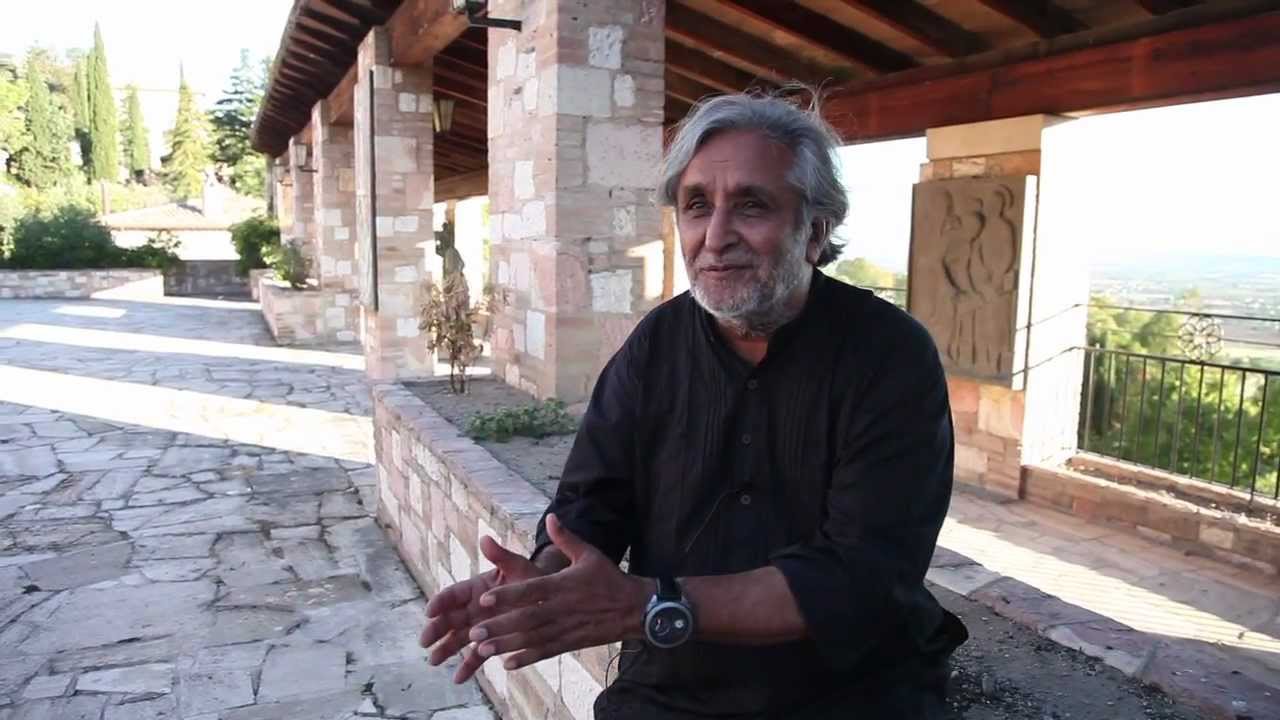As humans, we are made in the image of God. We are co-creators, fashioned to produce and create, contribute and collaborate, give and receive, trade and exchange.
Yet far too often, in our approaches to fighting poverty, we subscribe to a fundamental distortion of this reality, treating humans as mere consumers and “drains” on wealth and resources. In the context of poverty, this quickly leads to treating people as the problem, not the solution.
“When we put the person at the center of our economic thinking, we transform the way we look at wealth and poverty,” states the vision of PovertyCure, Acton’s film series on poverty alleviation. “Instead of asking what causes poverty, we begin to ask, what causes wealth? What are the conditions for human flourishing from which prosperity can grow? And how can we create and protect the space for people to live out their freedom and responsibilities?”
In an excerpt from the series, architect Kirtee Shah highlights slums as an example of an area where we can choose to either see human lack or human potential.
“India is urbanizing very fast,” he explains. “Something like 30-35% of the population are in cities. Slums in those cities are growing at anywhere between 8-12%, which is a good indication that the poor — the slum dwellers — are the biggest builders of housing in the cities.”
Whereas it’s easy to only see the negative features — the difficulty, the desperation, the harsh living conditions — we should also take note of the marvel of human potential that is fundamentally at work.
We should strive to seek the starting point for what comes next, and where the solutions ultimately reside:
Now, one approach that we can take is to say, “[Slums] are ugly. They’re unauthorized. They’re illegal. And they must be bulldozed.” Another approach we could take is that these are peoples’ indigenous housing solutions. We could say, “Slums are not problems. Slums are approaches to solutions.” Slums are indications that people have the ability and the willingness to solve their problems. Now those solutions are inadequate…The solutions are not as good as they should be. But solutions they are.
….Once you start looking at slums as solutions — and I’m not being very romantic — …you are looking at people’s potential. You are looking at poor people as solution providers, as people who are, within their own means, solving their own problems. Now, if you were to accept that creativity, if you were to accept that will, if you were to understand that desire to solve their problems — instead of dismissing them — if you were to say, “we will facilitate and support this process,” you will go very far.
Taking this approach doesn’t mean that we accept harsh realities, or call them “acceptable” or “good” or “good enough.” It simply means moving more quickly to solving the actual problems, removing whatever barriers and constraints that are impeding progress and limiting that obvious potential.
It means we focus not on catering to the current situation as-is, but that we see the promise and potential of the human person, and look for ways to unleash and empower and come alongside what’s already there, whether we choose to see it or not.
